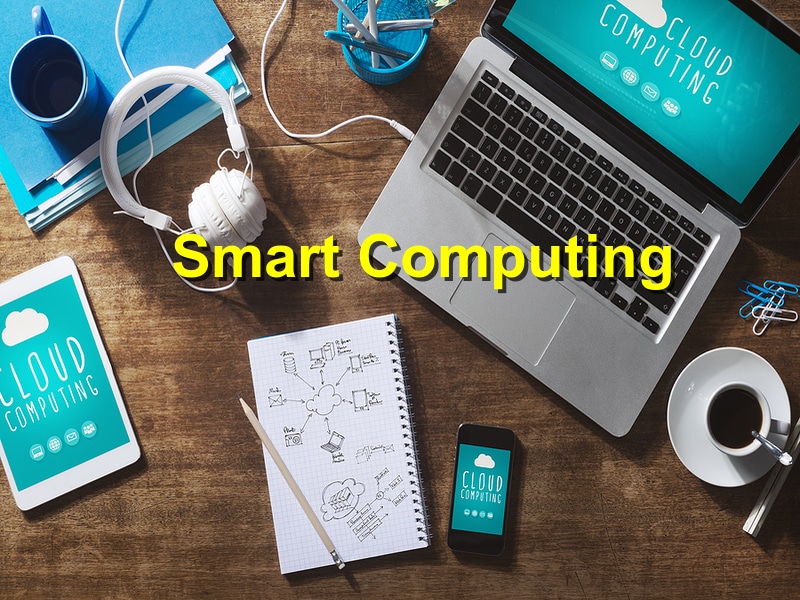The construction industry, once known for traditional methods and labor-intensive work, is experiencing a profound transformation driven by smart technologies. As we move further into 2025, innovations like artificial intelligence (AI), the Internet of Things (IoT), drones, building information modeling (BIM), and automation are revolutionizing every phase of construction projects—from design to execution and maintenance.
These advancements are not just trends—they’re reshaping how contractors, architects, and developers approach efficiency, safety, and cost. Here’s how smart technologies are changing the future of construction and why embracing them is crucial for staying competitive.
1. Artificial Intelligence (AI): Smarter Decision-Making
AI is one of the most influential technologies in construction today. By analyzing massive datasets, AI helps improve decision-making, risk assessment, and resource allocation.
Key uses of AI in construction:
- Project scheduling: AI can forecast delays and suggest more efficient timelines.
- Risk management: AI tools can identify high-risk areas on a jobsite based on historical data.
- Cost estimation: AI-powered software delivers more accurate budgeting by factoring in labor rates, materials, weather, and market trends.
By turning raw data into actionable insights, AI helps streamline complex tasks and reduce human error.
2. IoT (Internet of Things): Real-Time Monitoring
IoT devices, such as sensors and connected equipment, offer real-time data that’s critical for safety, maintenance, and productivity.
Examples of IoT on the jobsite:
- Wearable devices monitor workers’ vitals and alert supervisors to signs of heat exhaustion or fatigue.
- Sensors in equipment track usage, fuel levels, and maintenance needs.
- Site monitoring systems detect movement, vibration, or temperature changes in structural components.
These connected systems provide constant feedback, which enables proactive decisions and minimizes downtime.
3. Drones: A New Perspective on Projects
Drones have become indispensable tools for surveying and monitoring construction sites, offering speed and accuracy unmatched by manual methods.
Drone benefits:
- Aerial site surveys completed in hours instead of days.
- Progress tracking with real-time visuals for stakeholders.
- Safety inspections in hard-to-reach or hazardous areas without risking human lives.
By delivering comprehensive aerial data, drones help teams visualize project stages, identify issues, and communicate updates clearly.
4. Building Information Modeling (BIM): Improved Collaboration
BIM has revolutionized how teams collaborate during the design and construction phases. It creates detailed 3D digital models that contain every element of a building’s structure, systems, and materials.
BIM benefits:
- Enhanced planning with detailed, data-rich models.
- Clash detection to prevent costly rework before construction begins.
- Seamless communication among architects, engineers, contractors, and clients.
As BIM evolves, it’s being combined with AI and IoT for predictive modeling and real-time performance tracking, extending its usefulness into post-construction facility management.
5. Robotics and Automation: Reducing Labor Challenges
The construction industry continues to face a labor shortage, and robotics is helping bridge the gap by automating repetitive and physically demanding tasks.
Common applications:
- Bricklaying and concrete pouring robots that can work continuously with precision.
- Autonomous machinery for grading and excavation.
- Robotic arms for welding or painting in prefabrication factories.
While robots won’t replace human workers entirely, they can handle time-consuming jobs so skilled labor can focus on more complex and value-driven tasks.
6. Smart Construction Materials: Building the Future
New materials embedded with smart technology are adding intelligence to the very structures being built.
Examples:
- Self-healing concrete that repairs cracks with embedded capsules or bacteria.
- Transparent solar panels integrated into windows for energy efficiency.
- Insulation materials that adjust their properties based on temperature and humidity.
These materials are not only more sustainable but also extend the life and performance of buildings.
7. Virtual and Augmented Reality (VR/AR): Design Visualization
VR and AR are changing the way architects, clients, and contractors visualize construction projects.
VR/AR advantages:
- Virtual walkthroughs before construction even starts.
- On-site AR overlays that help workers visualize structural elements in real time.
- Training simulations for safety and equipment operation.
These immersive experiences reduce miscommunication and allow for more precise execution.
8. Predictive Analytics: Planning Ahead with Confidence
Predictive analytics tools use historical data and current trends to forecast everything from weather delays to equipment failures.
Benefits include:
- Anticipating disruptions before they occur.
- Optimizing resource usage based on demand and patterns.
- Reducing project costs by avoiding unnecessary delays and rework.
By shifting from reactive to proactive planning, companies can deliver more consistent, reliable results.
9. Digital Twins: Real-Time Replicas of Structures
A digital twin is a virtual replica of a physical structure, constantly updated through IoT and BIM data. It offers a dynamic view of how a building performs after it’s completed.
Why they matter:
- Monitor energy usage and wear on components.
- Streamline maintenance and repairs with real-time alerts.
- Inform future design choices by analyzing long-term performance.
Digital twins are especially valuable for hospitals, data centers, and other mission-critical facilities.
Conclusion: The Future Is Smarter, Safer, and More Efficient
Smart technologies are not just futuristic ideas—they’re reshaping the way we design, build, and manage structures today. From AI-powered planning to drone inspections and real-time monitoring, these innovations are improving safety, cutting costs, and driving sustainability in construction.
For contractors and developers looking to remain competitive in 2025 and beyond, embracing smart tech is no longer optional. It’s the foundation of a smarter, more efficient, and more resilient construction industry.
References: Poli Construction, L&W Construction




